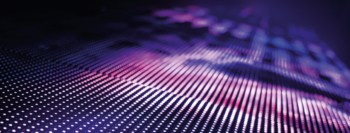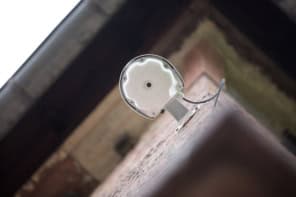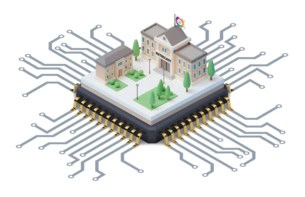Physicists in Italy have developed a new technique for detecting forged signatures. The technique works by creating a three-dimensional hologram of a sample of handwriting, which can be used to detect features that do not show up in two dimensions (J. Opt. A 6 869). Giuseppe Schirripa Spagnolo and colleagues at the Università degli Studi "Roma Tre" say that the technique is better than any existing method.

Handwriting is usually analysed by studying the sequence of individual strokes made during the process of writing, but a good forgery is still difficult to detect using these techniques. The 3D method developed by Schirripa Spagnolo and co-workers, on the other hand, can identify features that go unnoticed in simple 2D analyses.
The Italian physicists used a commercially available “conoscopic range finder” to scan samples. Conosocopic holography is similar to conventional holography except that it can work with non-coherent sources of light as well as coherent sources (figure 1).
After scanning, the team reconstructed 3D images of the writing in which the strokes show up as grooves caused by the pressure of the pen on the paper. Schirripa Spagnolo’s team looked for “bumps” in the grooves because these are characteristic of an individual. This is particularly true at cross-over points, such as those found in the figure 8 or the Euro symbol . Analysing these bumps can reveal forgeries because it is difficult for a would-be forger to reproduce the exact variations in pressure made by the original writer. The technique is also able to differentiate between strokes made in a clockwise or anticlockwise direction (figures 2 and 3).
The team analysed samples from more than 120 authors using different types of paper — including ordinary paper and the paper that cheques are printed on — and a variety of pens that included ball points, felt tips and ink pens. They found they could detect forgeries in over 80% of cases. The success rate was 100% for ball-point pens writing on ordinary paper.
“We believe this type of 3D micro-profilometry is one the most promising ways of detecting forged handwriting,” says Schirripa Spagnolo. “It will be a powerful tool for forensic experts around the world.”





